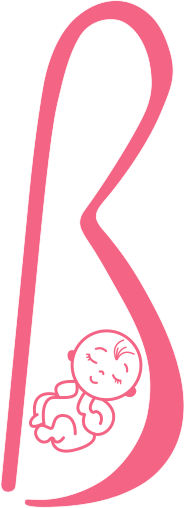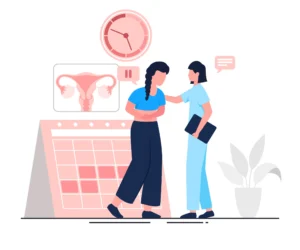

Ovulation Induction (OI) is a fertility treatment aimed at stimulating the ovaries to release eggs for fertilization. It is commonly used for women who do not ovulate regularly or have issues with irregular menstrual cycles. OI helps regulate ovulation, increasing the chances of conception.
Ovulation induction is a treatment designed to promote the development and release of eggs (ovulation) in women who experience irregular or absent ovulation. The process involves using medications to stimulate the ovaries, allowing them to produce and release mature eggs, which can then be fertilized naturally or through assisted reproductive techniques such as intrauterine insemination (IUI).
OI is primarily used for women who have:
The process of ovulation induction typically involves the following steps:
Monitoring: Before starting treatment, the fertility specialist will assess hormone levels, conduct ultrasound examinations, and perform other tests to evaluate the patient’s ovarian function.
Medication: Fertility medications are prescribed to stimulate the ovaries. The most commonly used medications include:
Monitoring Ovulation: Throughout the treatment cycle, the patient will undergo regular blood tests and ultrasounds to monitor the growth and development of the ovarian follicles (which contain the eggs). This helps determine the right time for ovulation.
Triggering Ovulation: Once the follicles have reached the appropriate size, a trigger shot (human chorionic gonadotropin, or hCG) is administered to induce ovulation. Ovulation typically occurs 24-36 hours after the trigger injection.
The success of ovulation induction varies based on the underlying cause of infertility, age, and overall reproductive health. For women with PCOS or mild ovulatory dysfunction, ovulation can be successfully achieved in up to 80% of cases. However, pregnancy rates depend on additional factors, including sperm quality and timing of intercourse or IUI.
While OI is generally safe, there are some potential risks and side effects, including:
Ovulation induction is often combined with assisted reproductive technologies, such as:
Ovulation induction is a widely used and effective treatment for women experiencing ovulatory disorders. With careful monitoring and tailored treatment plans, many women are able to achieve regular ovulation and increase their chances of conceiving naturally or through assisted reproductive techniques.
Tezpur
+91 98647 25803
info@preciousivf.com /